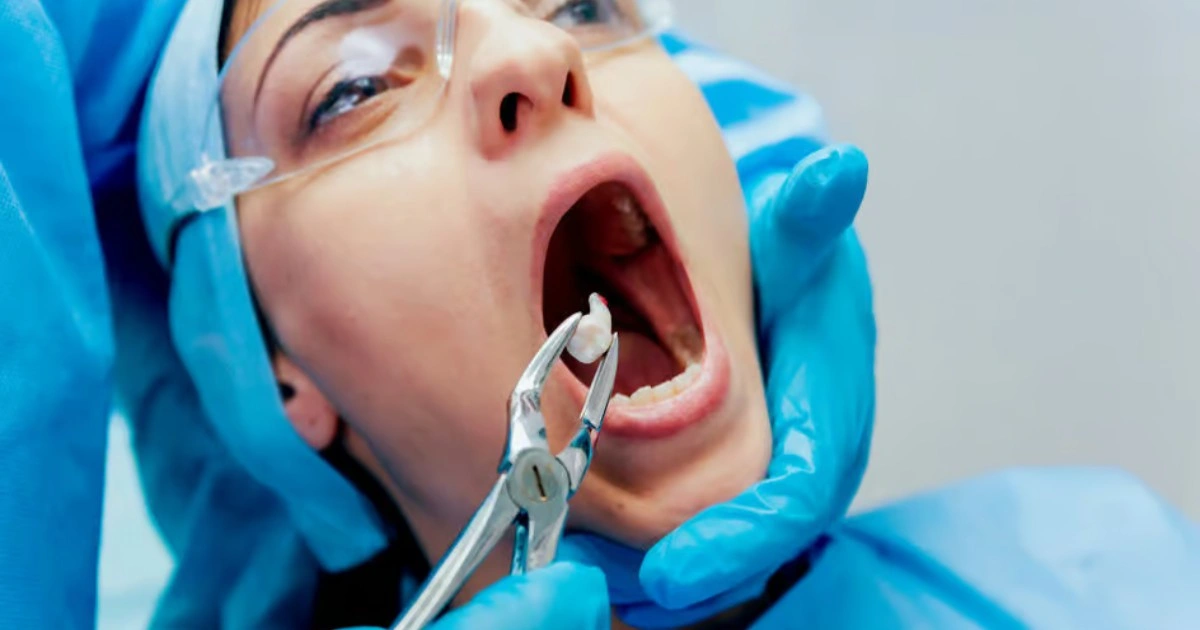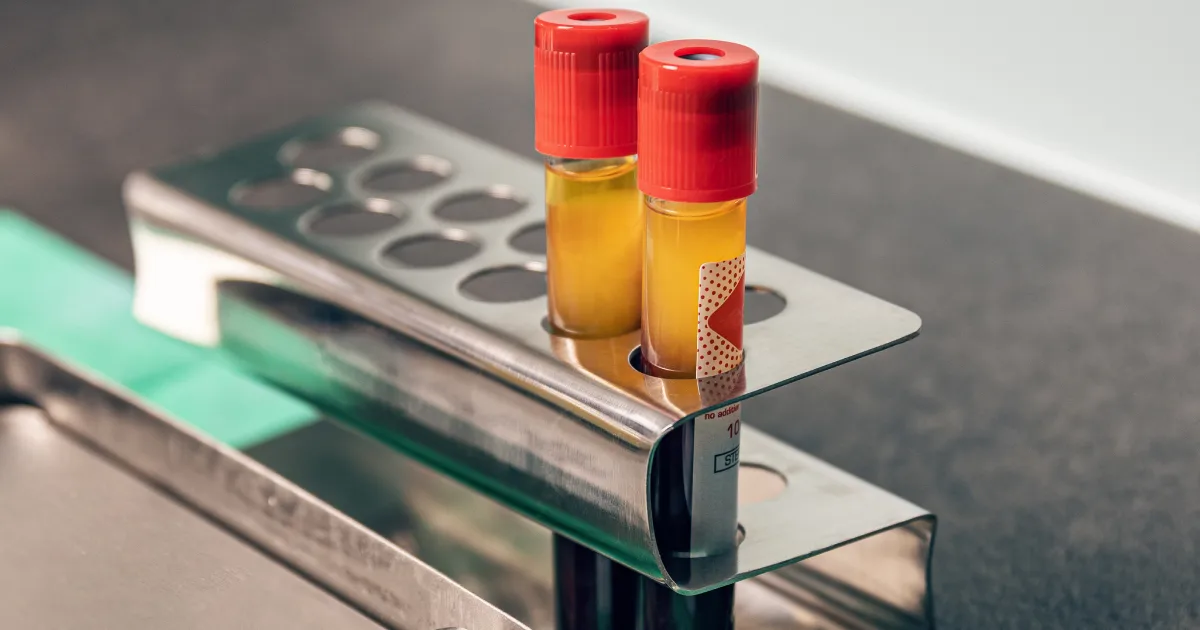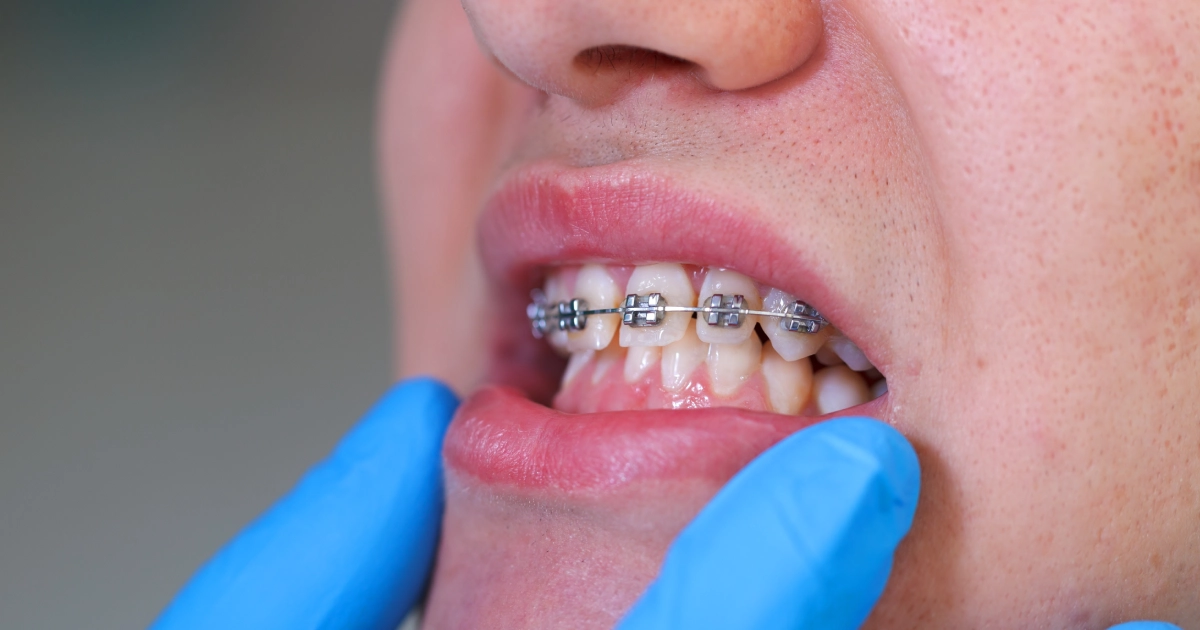When it comes to ensuring oral health, the expertise of an oral surgeon is invaluable. These specialists are not only concerned with the health of your teeth and gums but also play a crucial role in diagnosing and treating diseases that can affect the head and neck, including oral cancer. One essential diagnostic tool they use is the biopsy. Understanding the biopsy procedure for oral cancer can demystify the process and underscore its importance in early detection and effective treatment.
What is a Biopsy?
A biopsy is a medical procedure where a small tissue sample is removed from the body for examination under a microscope. This procedure commonly diagnoses various conditions, including cancers, infections, and inflammatory diseases. In the context of oral cancer, a biopsy is performed to detect the presence of cancerous cells in the mouth.
Why is a Biopsy Needed for Oral Cancer?
Oral cancer can develop in any part of the mouth, including the lips, tongue, cheeks, floor of the mouth, hard and soft palates, sinuses, and throat. Symptoms that might prompt a biopsy include persistent sores, lumps, or suspicious lesions in the mouth. Early detection of oral cancer significantly improves treatment outcomes, making the oral cancer biopsy a critical procedure in oral health care.
Types of Biopsies for Oral Cancer
There are several types of biopsy procedures for oral cancer, each suited for different situations and types of tissue changes. The primary methods include:
- Excisional Biopsy: This involves removing the entire suspicious area. It is often used for smaller lesions and provides a comprehensive sample for diagnosis.
- Incisional Biopsy: In this procedure, a portion of the lesion is removed for examination. This is typically used for larger lesions where removing the entire area might not be practical.
- Fine Needle Aspiration (FNA) Biopsy: A thin needle removes a small amount of tissue or fluid from a lump or mass. This method is less invasive and can be used to sample lymph nodes and other deeper structures.
- Brush Biopsy: This non-invasive technique involves brushing cells from the surface of a lesion. It is often used for preliminary screening and can indicate whether a more extensive biopsy is needed.
The Oral Cancer Biopsy Process
The oral cancer biopsy process involves several steps designed to ensure the accurate collection and analysis of tissue samples.
Initial Consultation
The process begins with a thorough examination by an oral surgeon. During the consultation, the surgeon will discuss your medical history, current symptoms, and any risk factors you might have for oral cancer. They will examine your mouth for any suspicious areas requiring further investigation.
Preparation
Before the biopsy procedure for oral cancer, the area of interest is often numbed with a local anesthetic to minimize discomfort, for certain types of biopsies, sedation or general anesthesia may be used, especially if the procedure is more extensive or if the patient experiences significant anxiety.
Tissue Removal
Depending on the type of biopsy being performed, the surgeon will use specialized instruments to remove the tissue sample. This part of the oral cancer biopsy is generally quick, and any bleeding is usually minimal and easily controlled.
Post-Biopsy Care
After the biopsy, the surgical site may be closed with sutures if necessary. Patients are given instructions on how to care for the biopsy site to prevent infection and promote healing. This may include recommendations for oral hygiene, dietary adjustments, and pain relief medications.
Laboratory Analysis
The removed tissue sample is sent to a pathology laboratory, where a pathologist examines it under a microscope. This analysis can reveal whether cancerous cells are present and, if so, determine the type and stage of the cancer.
Understanding Oral Cancer Biopsy Results
Receiving oral cancer biopsy results can be a time of anxiety, but understanding the potential outcomes can help prepare you for the next steps.
Negative Results
A negative biopsy result means no cancerous cells were detected in the tissue sample. This is obviously a relief, but it may still require follow-up monitoring to ensure no future changes occur.
Positive Results
A positive biopsy result indicates the presence of cancerous cells. The pathologist will provide detailed information about the type and grade of the cancer, which helps guide treatment options. Early detection often means that the cancer is in a more treatable stage, which can significantly improve the prognosis.
Inconclusive Results
In some cases, biopsy results may be inconclusive. This means that the sample did not provide enough information to make a definitive diagnosis. A repeat oral cancer biopsy or additional diagnostic tests may be needed if this happens.
The Importance of Early Detection
Early detection of oral cancer through regular dental check-ups and prompt biopsies, when suspicious areas are found, can significantly improve treatment success and survival rates. When caught early, oral cancer can often be treated effectively with surgery, radiation, and chemotherapy.
Risk Factors for Oral Cancer
Understanding the risk factors for oral cancer can help in early detection and prevention. These factors include:
- Tobacco use: Smoking and chewing tobacco are the most significant risk factors.
- Alcohol consumption: Heavy alcohol use increases the risk of oral cancer.
- Human papillomavirus (HPV): Certain strains of HPV are linked to oral cancers.
- Sun exposure: Excessive exposure to sunlight can increase the risk of lip cancer.
- Poor diet: A diet low in fruits and vegetables can contribute to oral cancer risk.
Conclusion
The oral cancer biopsy process is a critical diagnostic tool that enables early detection and treatment of oral cancer. Patients can approach the procedure with greater confidence and clarity by understanding what a biopsy entails, why it is necessary, and what the results mean. At Access Oral Surgery, our team is dedicated to providing comprehensive care, ensuring that any signs of oral cancer are promptly and accurately diagnosed. Early detection saves lives, and a biopsy is a powerful step toward ensuring your long-term oral and overall health.
If you have any concerns about your oral health or need more information about the biopsy procedure for oral cancer, do not hesitate to contact Access Oral Surgery. Our experienced team is here to support you through every step of your health journey.




